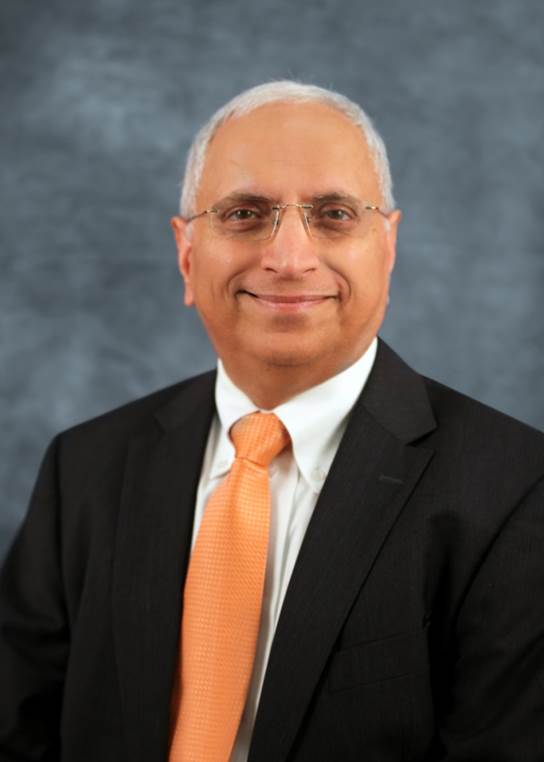


Mr. Ajit Manocha
CEO
GLOBALFOUNDRIES
Education:
Master’s Degree in Physical Chemistry, Kansas State Univ.
Experience:
Executive VP, Worldwide Operations at Spansion.
Executive VP & Chief Manufacturing Officer, NXP (formerly Philips Semiconductors)
ATT Microelectronics and Bell Labs
Research scientist with more than a dozen US and international patents.
Chairman of the Board, Semiconductor Industry Association
Abstract:
Leading Edge Is a Matter of Perspective: Foundry 2.0 Is Still the Key
In today’s semiconductor industry, the race to new process generation and technology innovation gets the headlines. But as the arms race to build 28, 20 and 14 nanometer chips wages on, mainly to the benefit of high profile digital processing applications, we tend to forget the less glamorous but no less critical areas that may not require the newest manufacturing process. Analog ICs specifically represent a high growth market opportunity that is critical to the notion of ubiquitous computing and the Internet of Everything. Yet, in many application areas, ‘mainstream’ manufacturing nodes are perfectly sufficient, and even more optimal, than the less proven – and more expensive – ‘bleeding edge’ technologies.
R&D into the most advanced manufacturing technology is critical if we are to continue to scale with Moore’s Law and deliver innovation in various processing areas, particularly those driving mobile products. Similarly, continued focus on improving the performance, scalability and efficiency of more mature process technology is necessary to enhance semiconductors that interact, control, sense and manage things in the real world. In either case, today’s foundry model must continue to evolve to meet the complexity and cost challenges that are common to all semiconductor types.
{The foundry-based model, which has spurned so many fabless success stories, is adapting to the new macro challenges of our industry. We call this re-invention Foundry 2.0, and it is the only way to simultaneously enable the innovation required to drive technology forward, and offer a practical framework for dealing with spiraling manufacturing costs and never-ending price pressures in the end markets we serve.
This talk will look at a new wave of technical challenges in both the analog and digital domains, challenges that require the brightest minds working together with higher levels of collaboration – early, often and deep.}
We’ll further examine the evolution and future of the foundry model, the technical and business drivers reshaping the landscape, and how fabless and IDM companies must change their perspective on what has worked in the past, regardless of how you define ‘leading edge.”